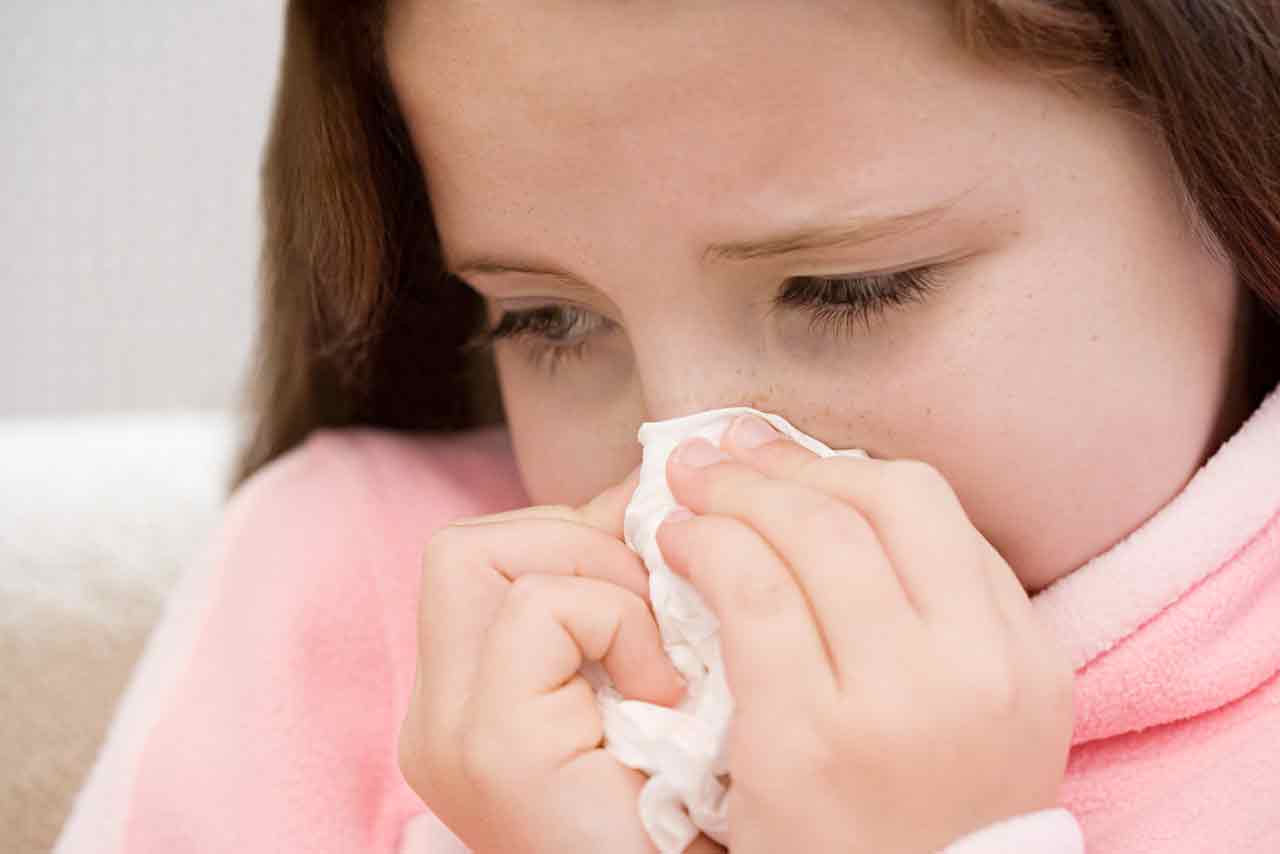 This Policy provides direction to all staff, students and volunteers about the appropriate response on both a Centre-wide and individual level to minimize the inherent risks to enrolled children, and others, who have been identified as susceptible to anaphylactic reactions due to individual allergies. This policy helps to create a safe environment for all persons with severe allergies.
This Policy provides direction to all staff, students and volunteers about the appropriate response on both a Centre-wide and individual level to minimize the inherent risks to enrolled children, and others, who have been identified as susceptible to anaphylactic reactions due to individual allergies. This policy helps to create a safe environment for all persons with severe allergies.
Together We Grow Learning & Childcare Centre ensures that this Policy and Procedure is reviewed by staff, students, and volunteers prior to commencing employment, and annually thereafter. We also keep a written record of the review which is signed by the staff member, as well as by the person who made the review. This written record is kept on file for at least two (2) years from the time of entry.
We must remember at all times that this Policy takes a practical and realistic approach. As the Centre and its staff cannot monitor and control all foods being brought onto the Centre’s premises, the Policy does not guarantee that offending foods and substances will not be brought into the Centre. Rather, the aim is risk minimization. The success of risk minimization and management of the Policy will depend on the on-going involvement and vigilance of parents.
Any foods brought into the Centre for distribution to the entire group (i.e. for class birthday celebrations, or treats) or for Centre-wide distribution or events must either be:
- Packaged foods containing clearly labeled ingredients that are acceptable under this Policy
- Baked or prepared foods purchased from a bakery, caterer, or supplier which has been approved for the purposes of this Policy.
Following applies when parent is providing food as a substitute for foods on the menu.
- If any food is prepared from home, it must be in a sealed container, with the name of the child, and a list of ingredients that is in the preparation of the food.
Please Note: If Together We Grow Child Care Centre is undergoing and following Procedures and Practices that are written out in a Pandemic Policy, please be aware that outdoor food or treats will not be allowed in the centre, for any birthdays, treats, or Centre-wide distribution or events.
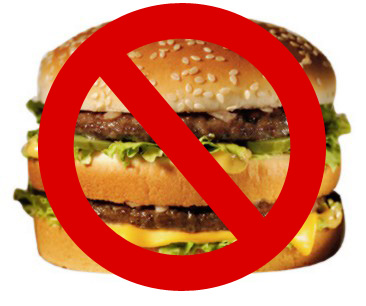
Avoidance Strategies
Together We Grow Learning & Childcare Centre has implemented strategies that reduce the risk of exposure to anaphylactic agents in the rooms and common areas where a child is attending. We make great effort to reduce the risk of anaphylactic reaction, however the facility cannot be deemed free of any food, or non food products that may cause anaphylactic or lead to any reaction:
Food Avoidance
- All food-allergen-children should only eat lunches and snacks that have been prepared for them at the Centre, or were provided by the parent as a substitute for foods on the menu. When the parent is sending food that is made from home please bring food in a sealed container with your child’s name, and ingredients that are in the food.
- There should be no sharing of food, food containers, and utensils.
- Hand washing is required before and after eating.
- Surfaces such as tables, toys, etc., will be washed clean of contaminating food, and sterilized.
- The use of food in sensory activities, crafts, and cooking in programming will be restricted, depending on the allergies of the child.
- The content of foods will be clearly identified.
- All staff purchasing, preparing, and handling food has been instructed about measures necessary to prevent cross contamination during the handling, preparation, and serving of food, and reviews food labels to identify allergens.
Treatment Strategies
Accidental food ingestion can occur despite avoidance measures. For these emergency situations treatment will be immediately available.
Treatment Protocols
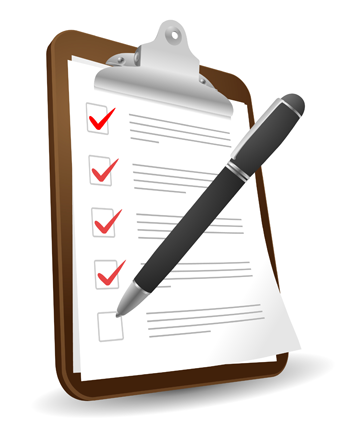 Any protocol needs to be prescribed by a physician.
Any protocol needs to be prescribed by a physician.
The only drug that we are allowed to use by law in the emergency management of a child with a life-threatening allergic reaction is EPINEPHRINE. If the child also requires a puffer or Benadryl in conjunction with the Epinephrine, written permission by a parent and physician is required on the Child’s Individual Action Plan.
We use the Epinephrine auto-injector device EpiPen because of its simplicity (How to Use an EpiPen or EpiPen Jr.).
Epinephrine, and any other doctor prescribed medication specified on the Child’s Individual Action Plan, is kept in a location that is easily accessible and not in locked cupboards, drawers, or locked medical boxes.
All staff, students, and volunteers with the Centre know the location of the Epinephrine auto-injector devices (EpiPen, EpiPen Jr, or Allerject).
The Epinephrine auto-injector device is kept in the child’s classroom and readily available to all. The auto-injector accompanies the child during any time that the child is not in their classroom.
The unexpired EpiPen and the Anaphylactic Action Plan are either kept in a case, fanny pack, or small backpack that can easily be carried by staff.
All individuals entrusted with the care of the child are trained on how to use Epinephrine auto-injector devices (EpiPen).
This training is given to the administration and all staff by the parents. The parents should advise the staff on procedures to be followed if a child has an anaphylactic reaction. The staff shall sign that this training has been given.
Parents, upon registration, will be required to fill out a Medication Administration Form and an Anaphylactic Action Plan that allows the Centre to administer the required medications. These forms are to be updated as changes occur.
Communication Plan
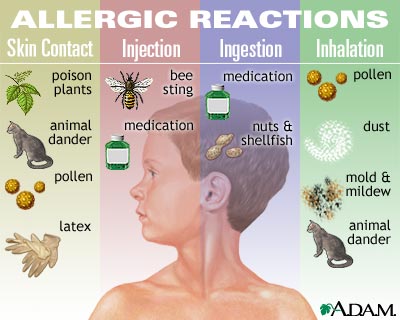 Together We Grow Learning & Childcare Centre will give general information on life-threatening allergies, including anaphylactic allergies, to staff, students, volunteers and parents.
Together We Grow Learning & Childcare Centre will give general information on life-threatening allergies, including anaphylactic allergies, to staff, students, volunteers and parents.
Based on the information the parents give us, all staff, students and volunteers within the Centre have been made aware of the child’s information on life-threatening allergies and the foods and causative agents that are to be avoided. This is done through written communication, verbal one-on-one communication, or a staff meeting.
You may also see an allergy chart, listing all known allergies of enrolled children, posted in food preparation areas, eating areas, and activity rooms.
Individual Action Plan
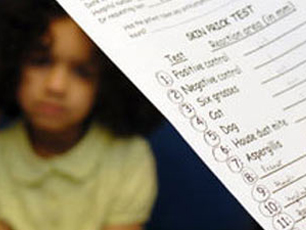 At registration Together We Grow Learning & Childcare Centre requires that the parent/guardian and physician complete an individual Action Plan for each child with an anaphylactic allergy.
At registration Together We Grow Learning & Childcare Centre requires that the parent/guardian and physician complete an individual Action Plan for each child with an anaphylactic allergy.
The plan includes information on life-threatening allergies on an Anaphylactic Plan and a doctor’s note, and will be posted in the child’s room. A copy remains with the EpiPen, together with the emergency procedures. The EpiPen/ EpiPen Jr./Allerject and the Anaphylactic Action Plan are kept in a case, fanny pack, or small backpack that can easily be carried by the child or staff. (How to Use an EpiPen or EpiPen Jr.)
Prior to the child´s starting, the parent will review all of the following information with the Supervisor:
- The child’s photo for clear identification of the child,
- A description of the child’s allergy,
- The monitoring and avoidance strategies,
- The signs and symptoms, i.e. hives, itching...
- Documentation of the first-aid response, including any prescribed medications,
- Emergency contact information,
- The location and storage of Epinephrine auto-injectors/medications.
As mentioned, this Action Plan is kept in the attendance binder, posted in the room, kept with the EpiPen, and in the child’s file.
It is the obligation of the child’s parent/guardian to ensure that the information provided for the child’s file (Medication Administration Form and Anaphylactic Action Plan) is kept up-to-date with the medication that the child is taking.
The Plan gives details informing all staff, students, and volunteers, who are in direct contact with the child on a regular basis, of the type of allergy, monitoring and avoidance strategies, and appropriate treatment.
The parent/guardian is required to sign a consent that allows our staff to administer the allergy medication in the event that their child has an anaphylactic reaction.
Staff, students, and volunteers are preauthorized to administer medication as directed on the Medication Administration Form and Anaphylactic Action Plan.
Training
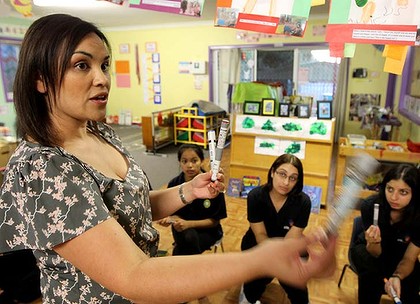
The administration of Together We Grow Learning & Childcare Centre is responsible for ongoing staff, parent, student, and volunteer education.
The education includes, among other things, training on how to recognize the symptoms of an anaphylactic reaction, how to administer the EpiPen, proper hand washing techniques, and encouragement of the non-sharing of food.
The administration has arranged for annual mandatory reviews of this policy, prior to employment or involvement in the Centre, and at any time in the year deemed necessary. All individuals entrusted with the care of the child will have training on how to use an epinephrine auto-injector device, like the Epipen/Epipen Jr./Allerject (How to Use an EpiPen or EpiPen Jr., How to Use an Allerject).
This training is given to the staff, either by a physician or a parent, on the procedures to follow if a child has an anaphylactic reaction.
Symptoms of Anaphylactic Shock
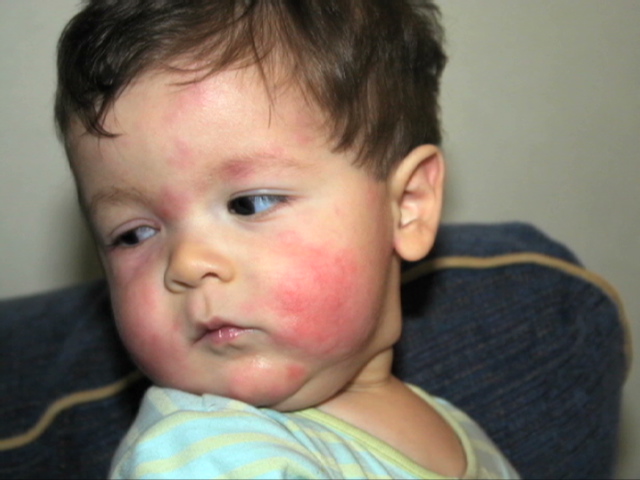
In the case of a child who has had an anaphylactic shock previously, and who is exposed to a particular allergen, the occurrence of any of the following symptoms, in any combination, indicate anaphylactic shock:
- Hives and itching on any part of the body.
- Swelling of any body parts, especially eyelids, lips, face or tongue.
- Nausea, vomiting or diarrhea.
- Severe stomach cramps.
- Dizziness.
- Coughing, wheezing, or change of voice.
- Difficulty swallowing or breathing.
- Throat tightness or closing.
- Panic.
- Fainting or loss of consciousness.
- Changes of colour.
Immediate administration of the EpiPen(EpiPen Jr./Allerject is required where a child, who has had anaphylactic shock, previously exhibits any of the above symptoms following exposure to a particular allergen. In situations where it is uncertain that anaphylactic shock is occurring, it is advisable to administer the EpiPen(EpiPen Jr./Allerject (How to Use an EpiPen or EpiPen Jr., How to Use an Allerject). There is very little chance of a reaction to the medication and any reaction is usually very mild, but there can be serious consequences if an anaphylactic reaction is occurring, and the EpiPen(EpiPen Jr./Allerject is not given.
Parents, teachers, staff, and volunteers agree that no action for damages shall be instituted respecting any act done in good faith, or for any neglect or default in good faith, in response to an anaphylactic reaction in accordance with the Act, unless the damages are the result of an employee's gross negligence.
Emergency Action
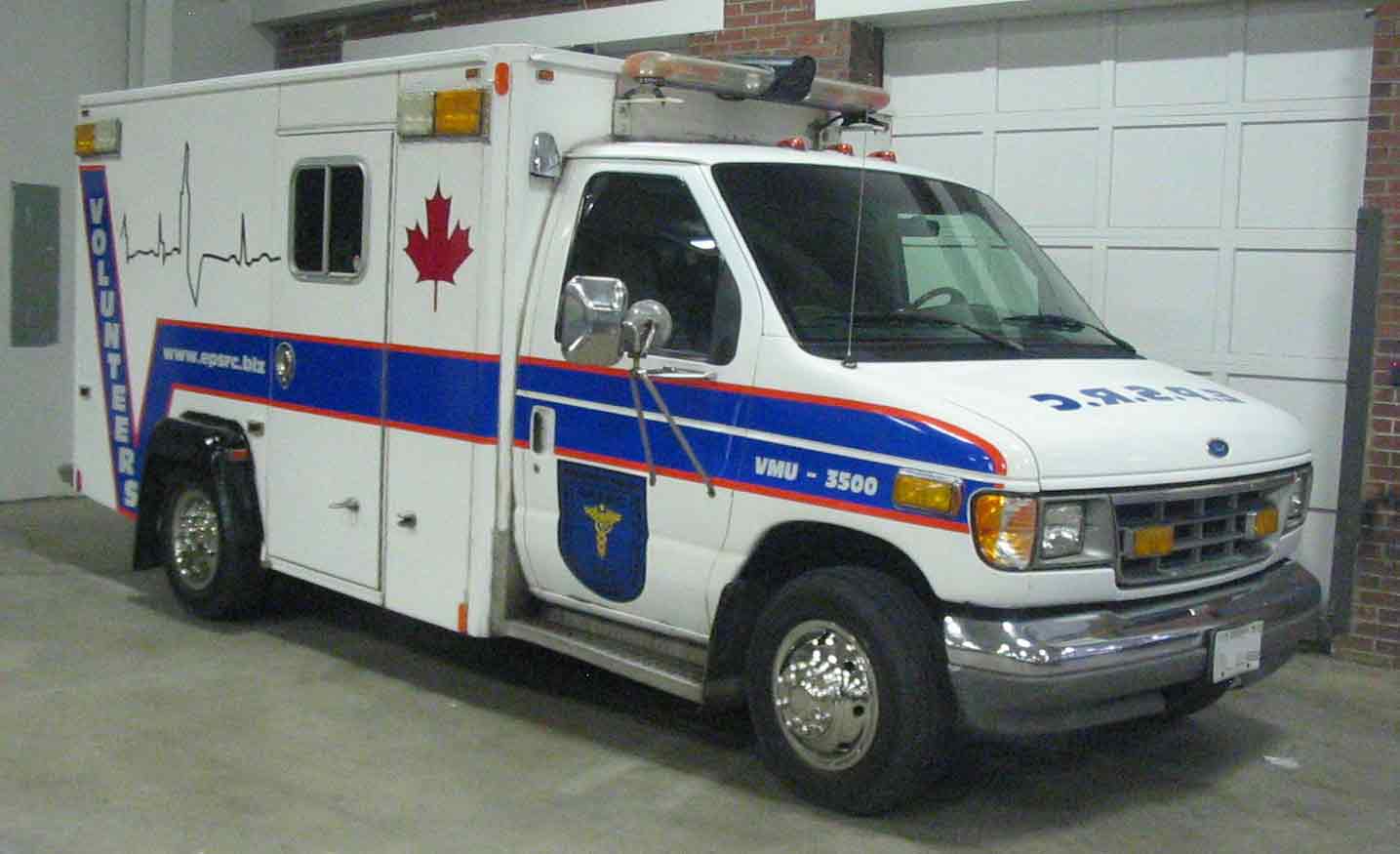
As in the case of any potential crisis, advance planning is helpful in successfully managing the event. In dealing with cases of anaphylactic shock, the emergency action is as follows:
- Get an EpiPen(EpiPen Jr./Allerject, and administer immediately (How to Use an EpiPen or EpiPen Jr. or How to use an Allerject). Or, have someone call an ambulance, and advise of the need for an EpiPen.
- Record the time at which the EpiPen is administered.
- Unless child is resisting, lay child down, and place child in the recovery position.
- Cover the child.
- Reassure the child and remain at its side.
- Have someone call the parent/guardian/emergency contact.
- Even if symptoms subside, take the child to the hospital immediately.
- If possible, have a staff member accompany the child to the hospital.
- Provide ambulance or hospital personnel with a copy of the Anaphylactic Action Plan for the child, and the time at which the EpiPen was administered.
- Take or hand over all medication relevant to that child's anaphylactic reaction (including the empty EpiPen).
- Once the crisis has been dealt with, a Serious Occurrence is filled out in accordance with the policy.
How to Use an epinephrine auto-injector device EpiPen or EpiPen Jr./Allerject
How to Use an EpiPen or EpiPen Jr.
How to use an Allerject